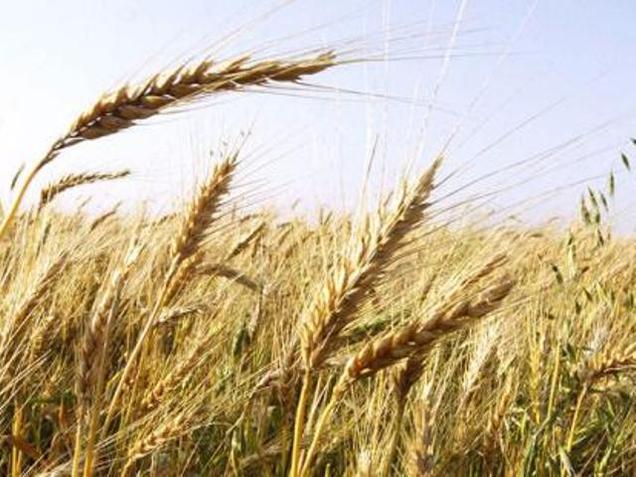
Mahatma Gandhi was always advocating us to eat hand pound rice and hand ground wheat rather than eating polished rice. Yet we continue using machine-polished cereals because they can be stored longer. But machine-polishing removes the bran (surrounding the seed) containing the pericarp and the ‘aleurone layer’ which have small amounts of essential nutrients such as some vitamins, iron, zinc and other inorganic components. So, Gandhiji was right! Machine-polished grains are thus poorer in such “micronutrients.”
This leads to what is today termed as “hidden hunger.” You may a eat stomach full of food everyday and yet miss out on these micro-nutrients essential for the growth and health of the body. UN agencies estimate that hidden hunger affects one in every three children across the world, leading to deficiency in physical growth and development of the brain. Children missing out on vitamin A suffer from vision problems. Missing out on iron leads to blood disorders while deficiency in zinc retards growth, causes diarrhoea, hair loss, lack of appetite and other health issues.
A programme in India, started way back in the 1970s by Dr Ramalingaswami of ICMR, administering large amounts (megadose) of vitamin A every six months to children, has been found serving in helping them come out of “night blindness.” This is because a derivative of vitamin A is essential in the retina of the eye in harvesting light and converting it into electrical signals which aid the process of vision.
Dr Maharaj Kishan Bhan, earlier at the All India Institute of Medical Sciences and was the Secretary of the Department of Biotechnology of the Government of India in New Delhi has come out with a salt mixture containing some of the micronutrients including zinc and iron, to be given to children suffering from diarrhoea and dehydration. The results are strikingly positive; with micronutrient supplementation, particularly zinc, in young children with acute diarrhoea was found to be very useful indeed.
Why is zinc so important to the body? This is because over 300 enzymes in our body use zinc as an essential component in their action. Zinc is essential in supporting our immune system, in synthesising (and degrading) DNA, in wound healing and several other activities. And the amount of zinc we need is not very much. In a human body of, say, 70 kg, there is but 2 to 3 grams of zinc. But if the level falls down to below normal, growth is retarded, diarrhoea sets in, eye and skin lesions appear, and appetite is lost. Thus, addition of zinc in the daily diet becomes essential.
While downing tablets containing vitamins and some of these minerals is fine, this is no solution to billions of children, largely in the developing world. But what if, rather than supplementing these micro-nutrients separately, they become part and parcel of the rice, wheat and other cereals we eat daily? Are there rice or wheat plants which are inherently rich in some of these micronutrients? Can they be grown, cross-bred or hybridised with other conventional rice or wheat plants? This has been the dream of agricultural scientists across the country, and the group led by Dr Vemuri Ravindra Babu of the Institute of Rice Research (of the Indian council of Agricultural Research or ICAR) at Hyderabad has succeeded in doing so, after a pursuit that has lasted for over 12 years. A particular variety, termed DRR Dhan 45 (also termed IET 23832) is a zinc- rich rice plant developed by this group. It contains as much as 22.18 parts per million of zinc (the highest so far in released rice varieties) It is also moderately resistant to pests that kill rice plant by causing the leaf blast disease.
Arriving at DRR Dhan 45, the high zinc rice was not an easy task. Starting in 2004, it has involved screening several thousands of rice varieties from various parts of India, checking the zinc content in each, choosing as many as 168 of them which looked promising, analyzing the iron and zinc content in them, rigorously screening them and cross-breeding and combining the high yield plant with the high zinc one, and finally getting the variety IET 23832 or DRR Dhan 45. It has truly been a long haul and this effort of “biofortification” (meaning that the fortification or enrichment is inherent, rather than externally added, as in the Bhan method) succeeded. It is also important to note that the zinc and other mineral content are not lost upon polishing. The rice can thus be kept for long and used, and it tastes just as good as the conventional variety.
Also note that this is not a GM (genetically modified) crop, so it bypasses any unnecessary controversy. An added benefit is that DRR Dhan 45 has a low glycemic index (51 against 75 in conventional rice), so that it is good for diabetic patients. Dr Babu tells me that it also takes a little longer to digest and thus you feel sated! Their current coordination effort is to develop similar zinc and other nutrient rich varieties of wheat, maize and millets under the ICAR Biofortification. Let us wish them the very best in their endeavors!
[Source: The Hindu]



